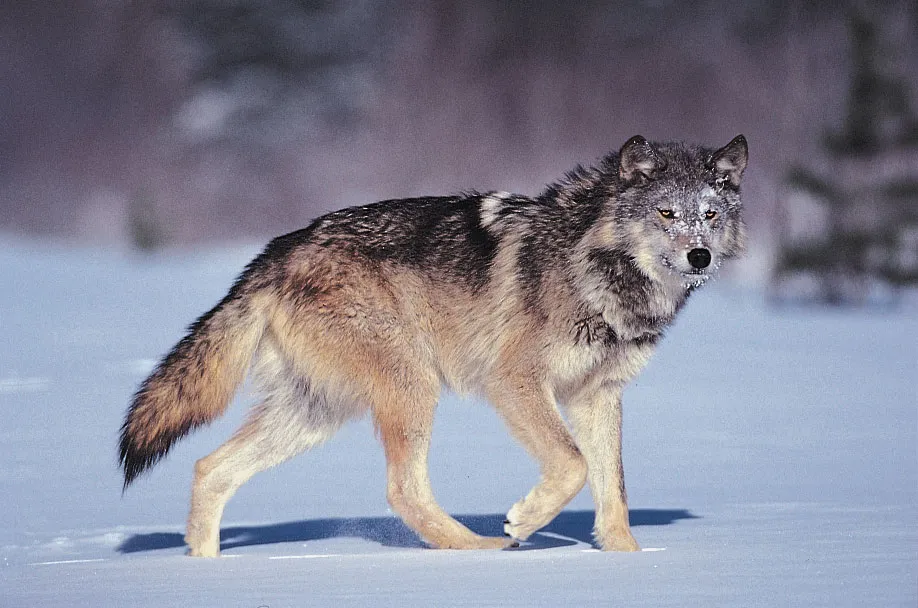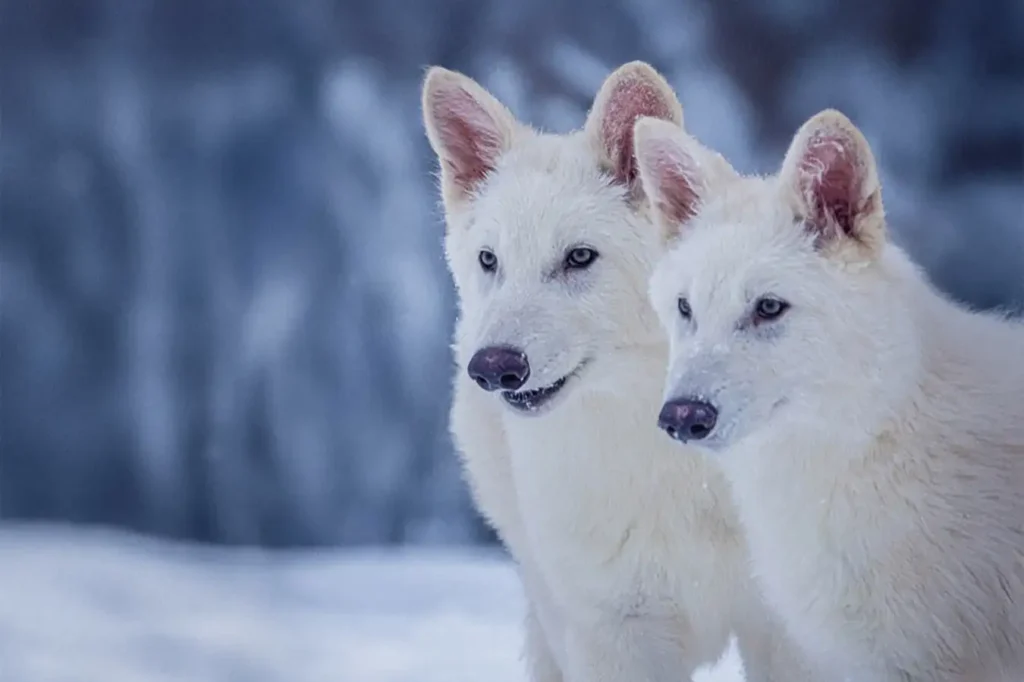Dire Wolf De extinction Claimed my Colossal Biosciences.
Although this extinct species (Dire Wolf) is arguably best known for its fictional appearance in Game of Thrones, it was a real animal that roamed the Americas more than 10,000 years ago.
Today’s headlines are the result of Colossal Biosciences. It claimed to have “deftly genetically engineered ancient DNA” of three dire wolf pups and “de-extinct” the species.
However, independent experts claim that the young wolves—Romulus, Remus, and Khaleesi—are not genuinely dire wolves, despite the fact that they represent an amazing technological advancement.
The animals are “genetically modified grey wolves,” according to zoologist Philip Seddon of the University of Otago in New Zealand.
Colossal made public its plans to revive extinct species like the Tasmanian tiger and the woolly mammoth using similar state-of-the-art genetic techniques.
In the meantime, specialists have identified significant biological distinctions between the dire wolf that roamed and hunted during the last ice age and the wolf featured on the cover of Time.

- How to revive extinct animals from the dead
Woolly mice engineered to create mammoth-like elephants - Paleogeneticist Dr Nic Rawlence, also from Otago University, outlined how DNA from ancient dire wolves – taken from fossilised remains – is degraded and damaged to a point where it cannot be biologically copied or cloned.
“Ancient DNA is like if you place fresh DNA in a 500 degree oven for a night,” Dr Rawlence said to BBC News. “It comes out broken up – like pieces and powder.
“You can reassemble [it], but it’s not good enough to do anything else with.”
Instead, he explained, the de-extinction group employed new synthetic biology technology – employing the ancient DNA to locate the most important segments of code that they could then modify into the biological design of a living creature, in this instance a grey wolf.
“So what Colossal has created is a grey wolf, but it does have some dire wolf-like features, such as a bigger skull and white coat,” said Dr Rawlence. “It’s a hybrid.”
Dr Beth Shapiro, a biologist with Colossal Biosciences, said that this achievement does constitute de-extinction, which she defined as bringing back animals with the same traits.
“A grey wolf is the closest living relative of a dire wolf – they’re genetically really similar – so we targeted DNA sequences that lead to dire wolf traits and then edited grey wolf cells. then we cloned those cells and created our dire wolves.”
As per Dr Rawlence however, dire wolves split off from grey wolves somewhere between six to 2.5 million years ago.
“It’s a different genus to grey wolves entirely,” he added. “Colossal compared genomes of the grey wolf and the dire wolf and out of roughly 19,000 genes they established that 20 variations within 14 genes gave them a dire wolf.”

Dire wolves vs. Gray wolves
Though closely related, dire wolves and gray wolves are different. The closest living relative of the now-extinct dire wolf is the gray wolf (Canis lupus). Dire wolves were larger, with a more heavily constructed skull and more heavily built body structure. Dire wolves were top predators in the food chain that? padded across most of North America during the Pleistocene Epoch, 2.6 million to 11,700 years ago.
While gray wolves themselves developed in Eurasia prior to their being translocated to North America, they never exhibit any traces of even a suggestion that they ever hybridized in any manner with the dire wolf.
Dire wolves are a relatively endemic species that have some distinguishing attributes. Dire wolf genome, according to Colossal Laboratories & Biosciences, provides data which makes it a distinct individual compared to the gray wolf, who can have light-colored hair and robust physical characteristics like muscular limbs and a broad head.For
For More Information Click Here Colossal Laboratories
For More Updates Keys Around Globe

